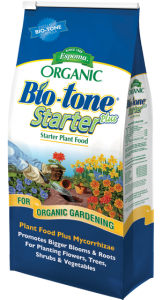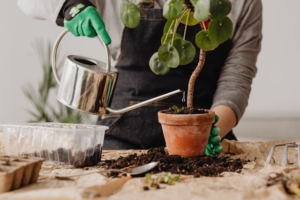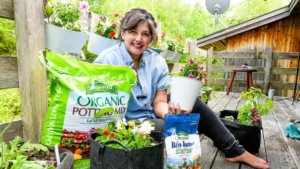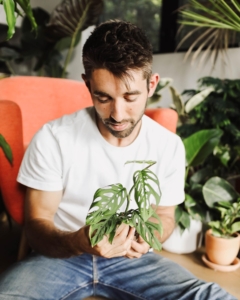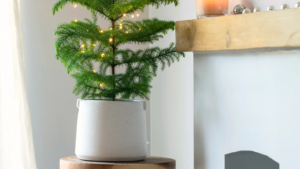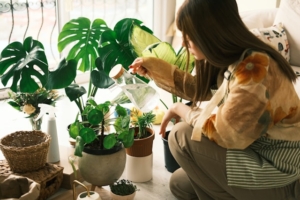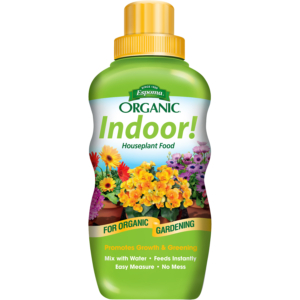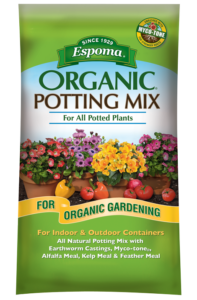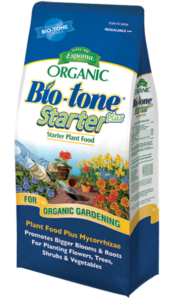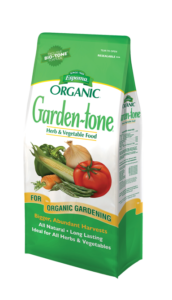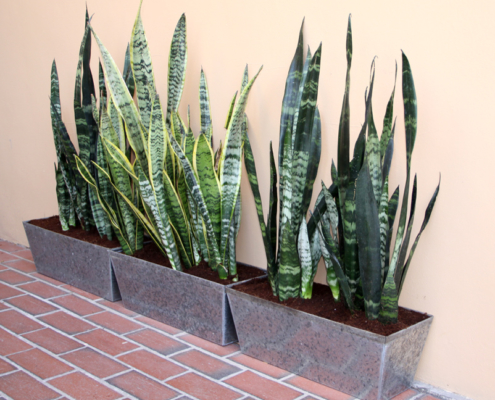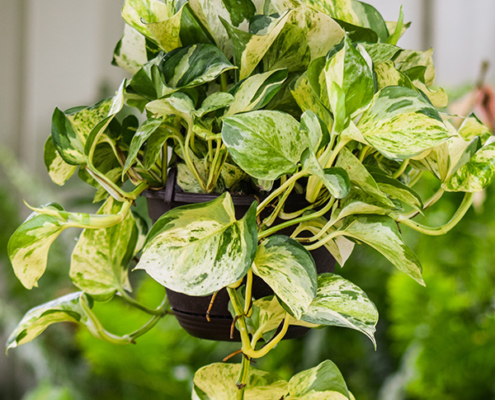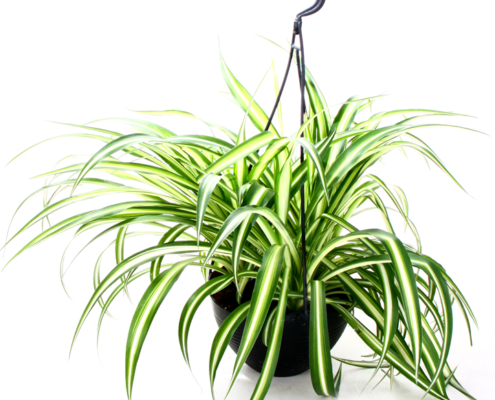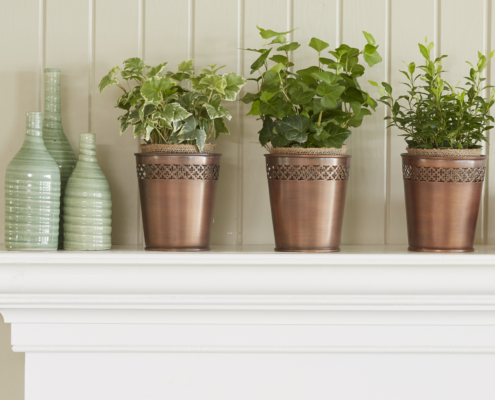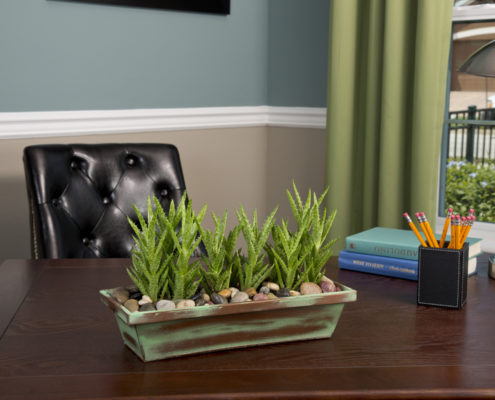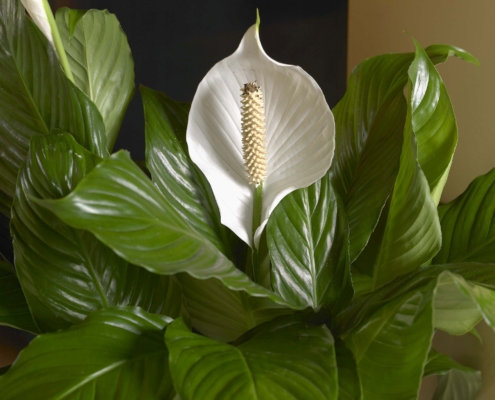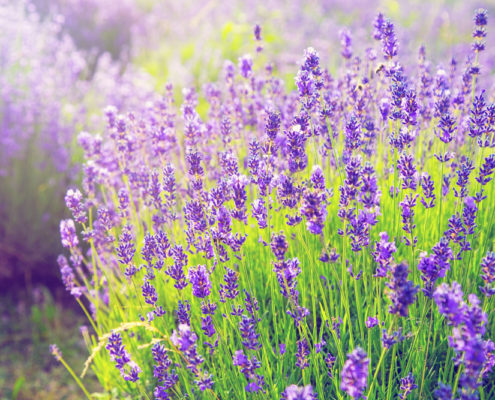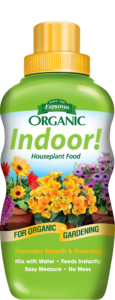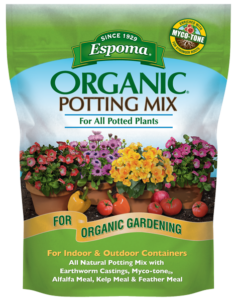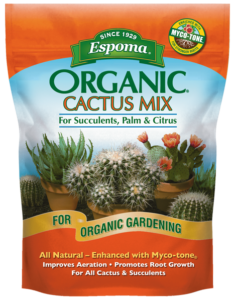Use These Garden Staples to Avoid Being Bugged at Your Next Barbecue
With Memorial Day in the rearview, summer is officially here once again — and while we wish that meant nothing but sunshine and barbecues, bugs seem to always make an appearance this time of year. But did you know there are ways to avoid getting bitten and bugged every time you want to relax outside?
The fragrance of certain plants can actually block the receptors insects use to find us. It’s just another great reason to get a garden going in your backyard, around your patio, or anywhere you like to enjoy fresh air. All you really need to sustain these helpful plants is some good starter fertilizer like Espoma’s organic Bio-tone Starter Plus and to make sure they’re fed every two to four weeks with Grow! to ensure they get the proper nutrients.
So, if you’re getting some unwanted guests during those summer cookouts, try planting some of these simple staples.
Lemon Grass
Did you know many mosquito repelling candles and sprays are made from citronella oil? Lemon grass naturally produces this ingredient and doubles as a beautiful grassy plant for walkways and around tables. Alternatively, you can plant it in its own pot and use it wherever your local mosquitos tend to congregate.
Other Lemon-Scented Plants
Similar to lemongrass, other plants that give off a strong citrus fragrance — like lemon-scent geraniums, lemon thyme, and lemon balm — work well to repel bugs. These plants use their fresh scent to keep their leaves from being eaten — and in turn can help you keep from being bitten.
Lavender
Despite lavender’s sweet smell being quite popular among people, most insects hate it. Keeping this plant near seating areas will help ward away mosquitos and other pesky flies. A great thing about this plant is that you can use it fresh or dried to get the job done — or even just use the extracted oil. This way you have different options on how you want to decorate while still keeping the pests at bay.
Rosemary
Rosemary is a great addition to your cookout. Throw a few sprigs on the grill as you’re cooking to release its fragrance into the air. It’ll smell wonderful to you and your family but make the bugs fly in the other direction.
Basil
Basil is another herb that will keep the mosquitos away. It’s also toxic to mosquito larvae, so placing this plant near water can help discourage mosquitoes from laying eggs.
Mint
Mint’s fragrance is great at repelling pests like ants, mosquitoes, and even mice. It’s also always a nice addition to any dish, so incorporating it into your barbecue can be beneficial in more ways than one.
Garlic
If cabbage moths are just as pesky as mosquitoes in your backyard, garlic can be your saving grace. When crushed, the garlic bulbs release allicin — an enzyme that produces that classic garlic smell. Your local pests will definitely not enjoy your garlic breath, so go ahead and use it up all weekend long.
Any and all of these plants can be used purely to keep the bugs away, but they’re also beautiful decor for your outdoor area. Be sure to keep up with them all season long in order to reap the benefits whenever your cookouts come around.
Here are some of our other blogs we thought you might enjoy.
BUG OFF – Plants That Repel Mosquitoes
Perk Up Summer Containers with Stunning Annuals
Growing Scrumptious Tomatoes in Easy Containers
